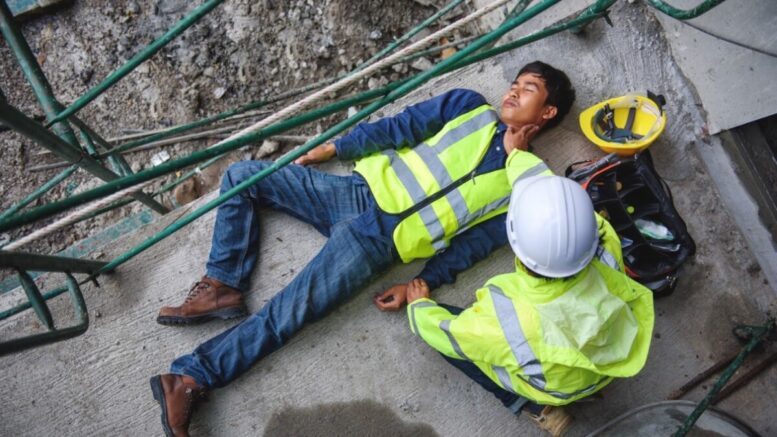CPR is a vital life-saving skill that, as of 2015, is required by many schools and workplaces. The American Heart Association (AHA) offers CPR training courses at various levels: CPR for the professional rescuer (e.g., firefighter, EMT), Basic Life Support (BLS) provider—CPR for those who will be involved in the general care of patients, and CPR for the lay rescuer—CPR for those who respond to an emergency in a non-medical setting.
According to Statista, by 2027, the market for automatic mechanical CPR compressors was forecast to be worth almost $222 million.
Taking one of these courses will teach you to recognize life-threatening emergencies and provide CPR to victims until emergency personnel arrive.
The following article will explain more about CPR classes, what you can learn, and how to find the best course near you.
What is CPR?
CPR stands for cardiopulmonary resuscitation, a technique that uses chest compressions and rescue breaths to keep blood pumping throughout the body. CPR regulates oxygen and blood flow until the heart starts beating naturally, or an alternate method (e.g., AED) can be used to shock the heart back into its normal rhythm.
The AHA provides CPR guidelines that can benefit anyone, but it is beneficial for people who want to help others in an emergency. You learn to recognize life-threatening emergencies by attending CPR classes and providing the necessary life-saving procedures until professional medical assistance arrives.
What Should You Know About CPR?
CPR is a method of chest compressions and rescue breaths that keep blood circulating throughout the body when someone’s heart stops beating. CPR training courses from americancprinstitute.com teach students how to recognize life-threatening emergencies and when CPR should be used and provide life-saving procedures until professional medical assistance arrives.
Things You Will Learn in a CPR Class
Here are things you will learn as part of the curriculum for a CPR course:
1) Recognizing Emergency
CPR classes also teach you to recognize a cardiac arrest as part of the learning. You should be able to tell the difference between a breathing and a non-breathing victim, along with other signs of distress.
2) CPR Procedures
You will learn how to provide CPR for victims of an emergency until professional medical assistance arrives. To give the best chance of survival, AHA guidelines suggest calling 911, ensuring the area is safe for you to approach the victim, and checking for responsiveness.
3) CPR Techniques
You will learn proper techniques for providing chest compressions and rescue breaths, two of the most critical procedures in an emergency. Types of chest compressions include interlocked hands, two-thumb, and two-finger.

Choosing the Right CPR Class
CPR training classes vary in curriculum and length, so you should consider what you want to gain from a course before enrolling. Here are tips and factors to consider when choosing a CPR course near you:
1) Curriculum
CPR training courses vary in length and depth of content, so find one that suits your needs. For example, the American Red Cross offers two-hour CPR classes for lay rescuers that cover BLS skills needed to respond to emergencies. If you are interested in CPR for healthcare providers, the American Heart Association offers a course covering professional rescuer skills and includes infant and child CPR.
2) Training Type
When choosing a CPR class, you may be able to find one in-person or online. In-person classes usually allow for more hands-on learning than online courses, but you should consider your location, schedules, and learning preferences when choosing an option.
3) Experience
Consider the level of experience required for a class or if you have any previous medical training or certifications before enrolling. For example, the American Heart Association offers basic CPR classes and advanced life support courses depending on your needs and training level.
4) Cost
CPR classes vary in cost depending on location, length of the course, and type of class being offered. Online courses may be less expensive than those taken in-person due to travel costs and other expenses involved with attending a course.
5) Check The Reputation
Before enrolling in a CPR class, check the reputation and reviews of agencies offering training. You may want to search for local courses that have been accredited by professional organizations such as the American Heart Association and American Red Cross.
Before signing up for a CPR course, you can read customer reviews on reputed sites to learn more about an agency’s reputation.
6) Check The Payment Options
Before enrolling in a CPR course, find out about the payment options. Some organizations allow you to pay with cash or online by credit card.
Before attending a class, some agencies have a 24-hour cancellation policy, so check for this option before enrolling. If you cannot participate, contact the agency to see if you can reschedule your class.
These are some tips to find the best CPR classes near you.
